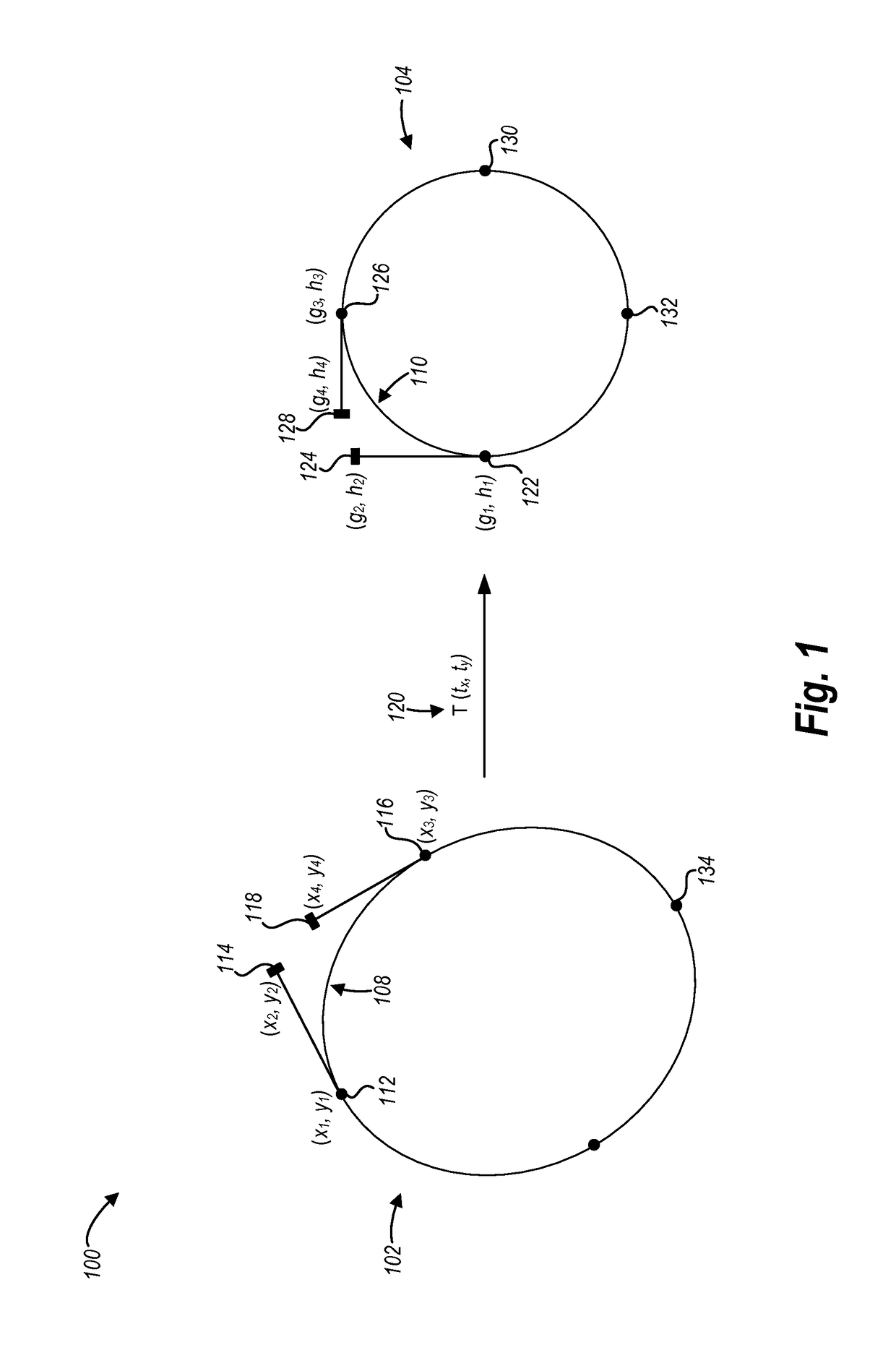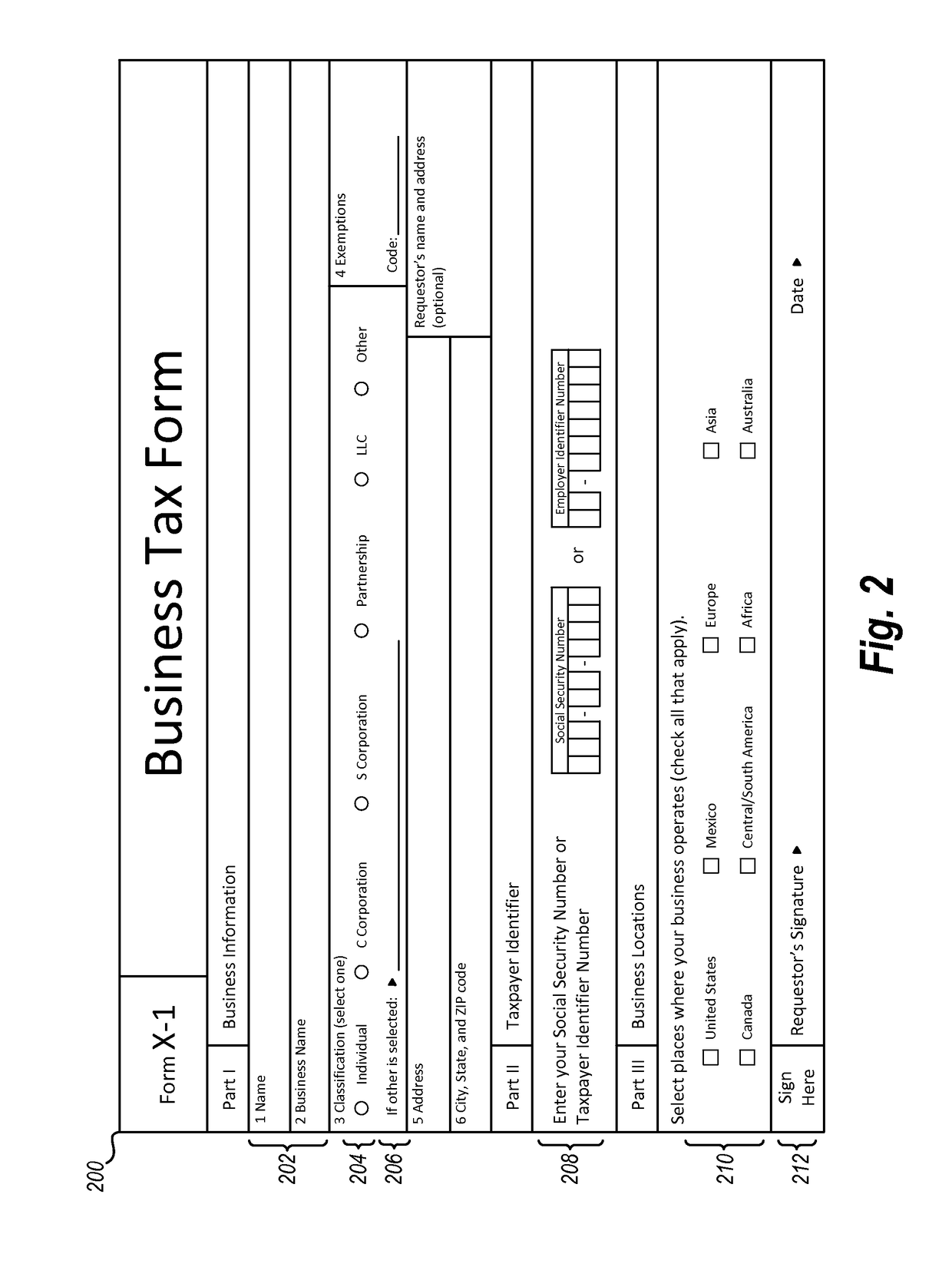Identifying shapes in an image by comparing bezier curves
a technology of bezier curves and shapes, applied in image analysis, image enhancement, instruments, etc., can solve the problems of user waiting longer periods for a computing device, conventional systems and methods require a large amount of computer resources, and computational costs, so as to improve the accuracy of identifying unknown objects and reduce computational costs
- Summary
- Abstract
- Description
- Claims
- Application Information
AI Technical Summary
Benefits of technology
Problems solved by technology
Method used
Image
Examples
Embodiment Construction
[0022]One or more embodiments of the present disclosure include a shape identification system that identifies the shape of an unknown shape or object (e.g., from an image). In particular, in one or more embodiments, the shape identification system uses one or more Bézier curves of an unknown shape to match the unknown shape to a known shape. By using Bézier curves, the shape identification system can perform shape identification with less computational cost than conventional systems as well as provide greater accuracy than conventional systems. Further, the benefits of the shape identification system increase significantly for images having multiple unknown shapes that need identification.
[0023]To illustrate, in one example implementation, the shape identification system receives an unstructured form, which includes a number of unknown shapes. The shape identification system identifies Bézier curves for each unknown shape. For each unknown shape, the shape identification system can ...
PUM
 Login to View More
Login to View More Abstract
Description
Claims
Application Information
 Login to View More
Login to View More - R&D
- Intellectual Property
- Life Sciences
- Materials
- Tech Scout
- Unparalleled Data Quality
- Higher Quality Content
- 60% Fewer Hallucinations
Browse by: Latest US Patents, China's latest patents, Technical Efficacy Thesaurus, Application Domain, Technology Topic, Popular Technical Reports.
© 2025 PatSnap. All rights reserved.Legal|Privacy policy|Modern Slavery Act Transparency Statement|Sitemap|About US| Contact US: help@patsnap.com



